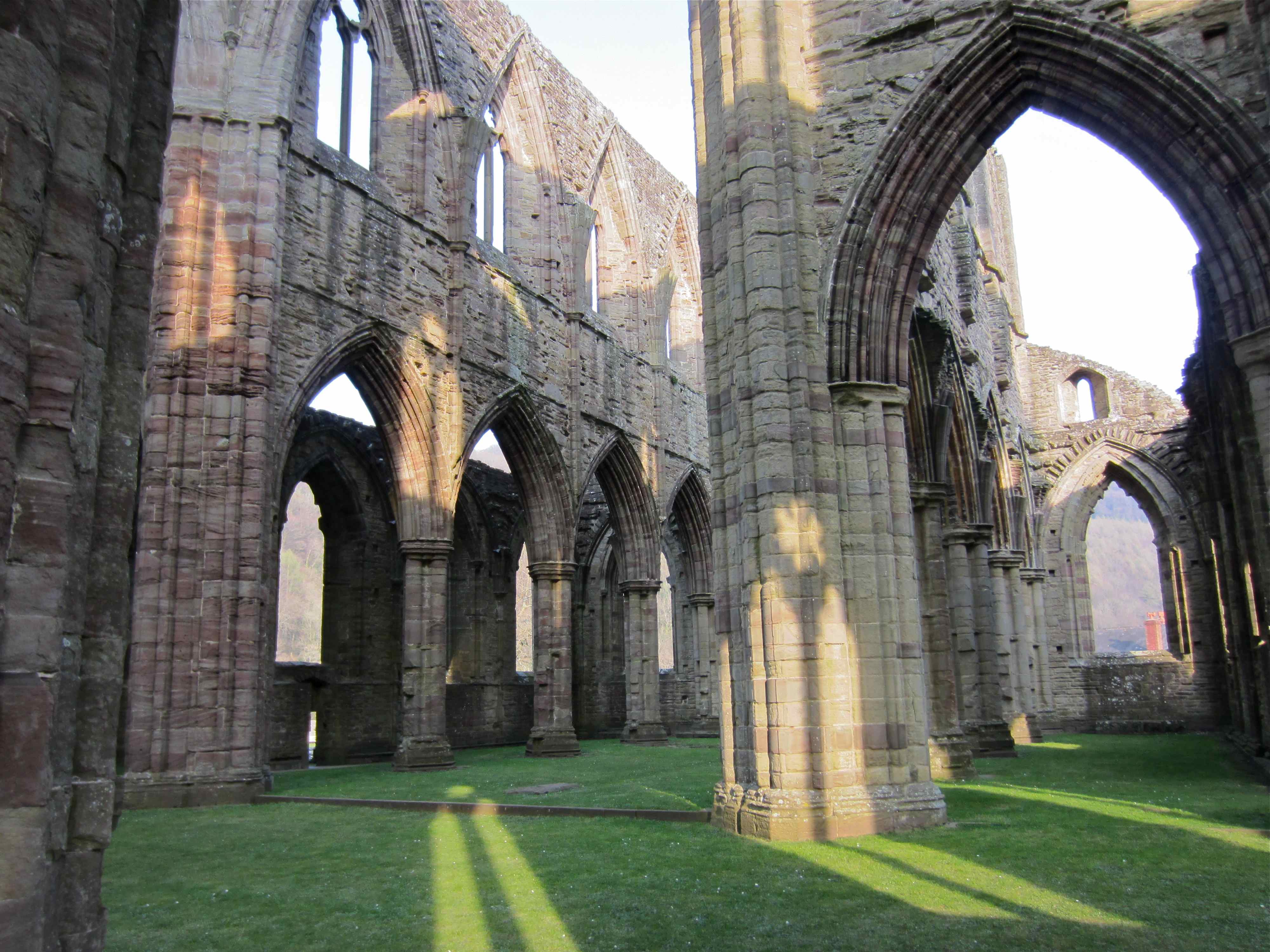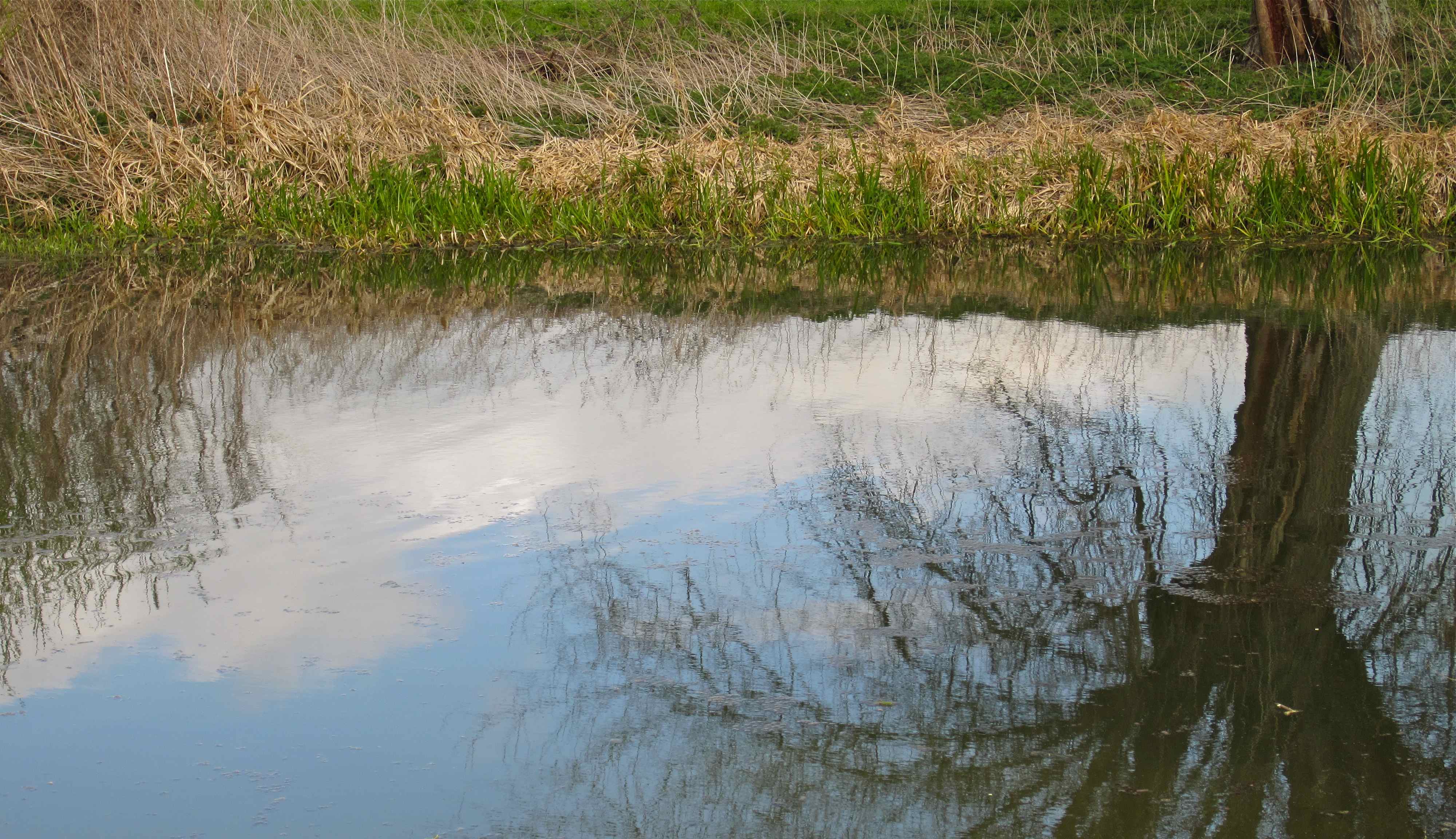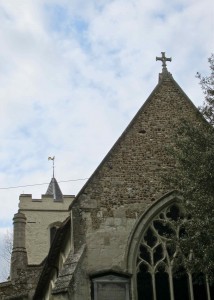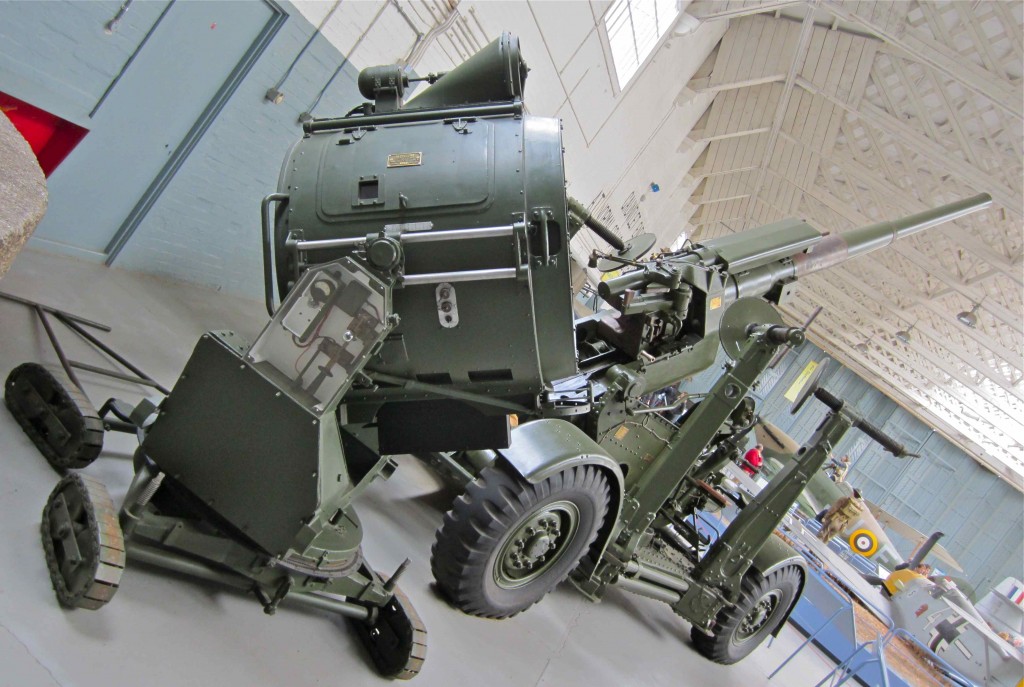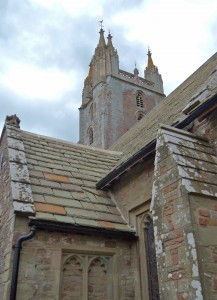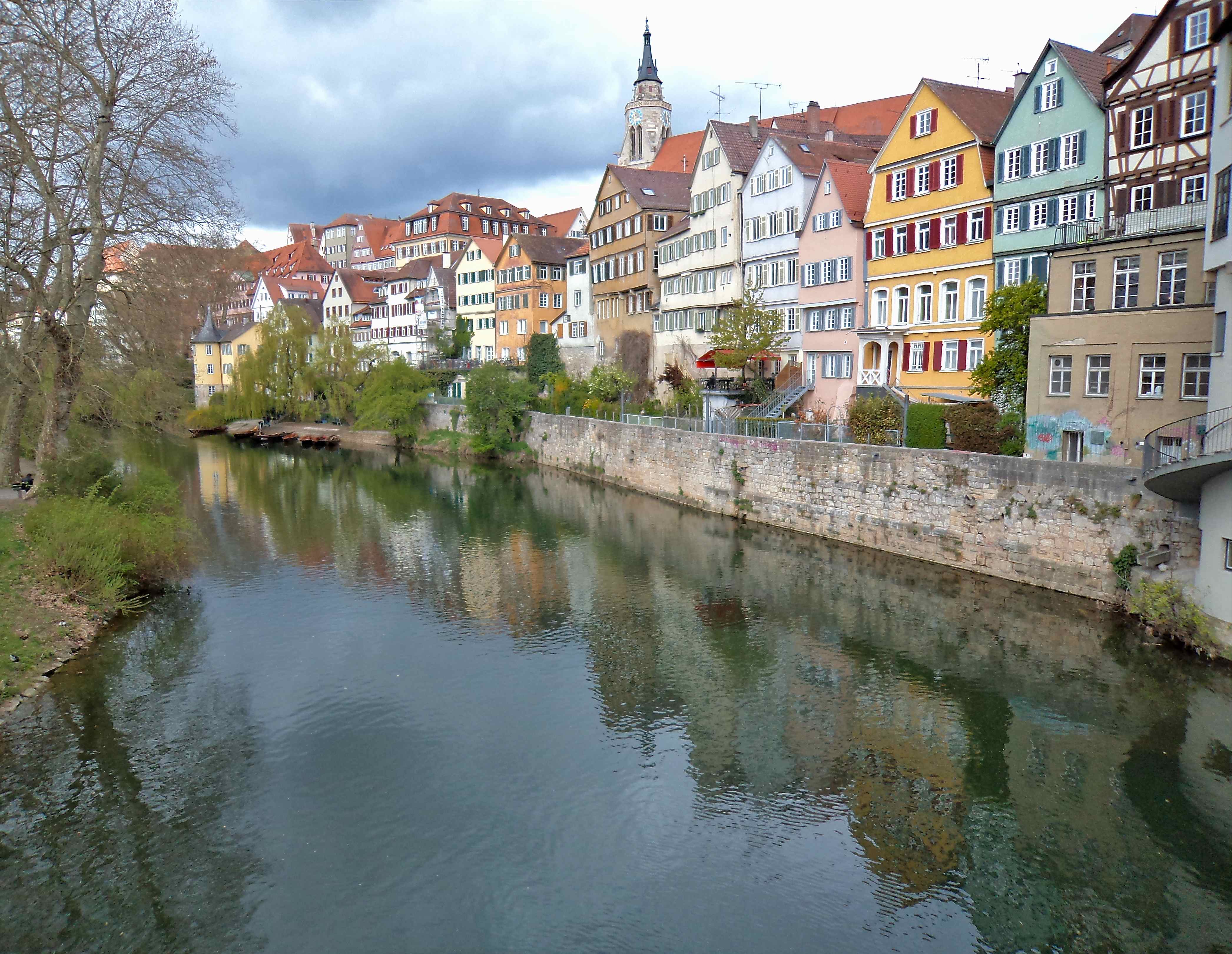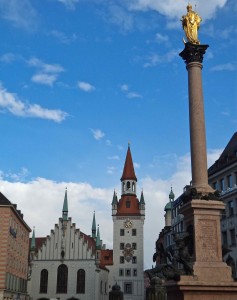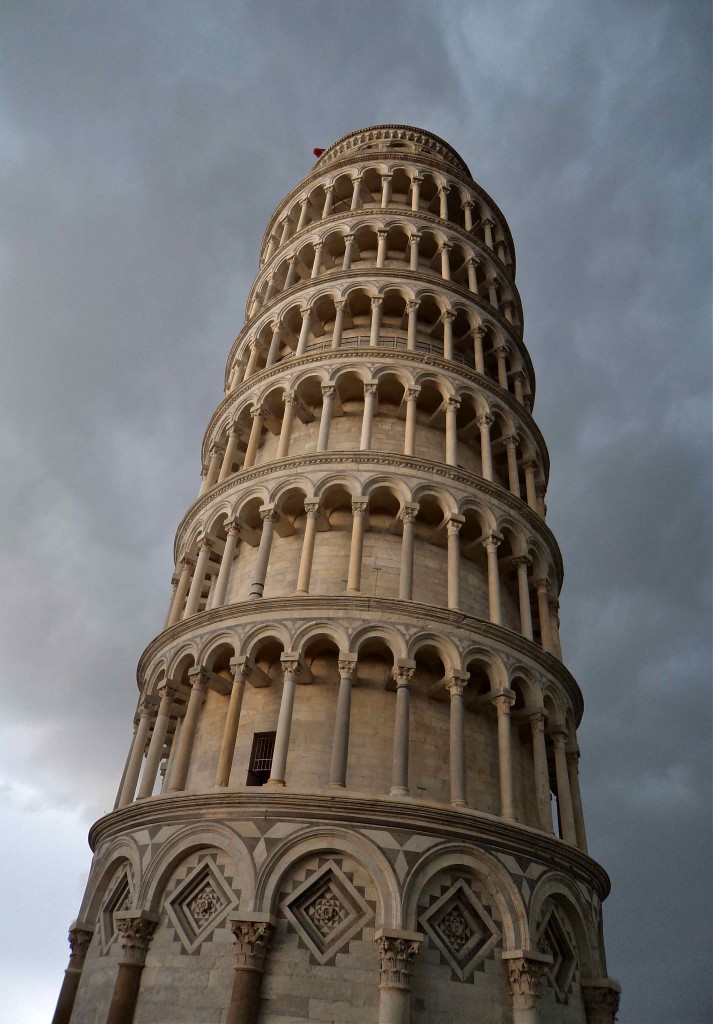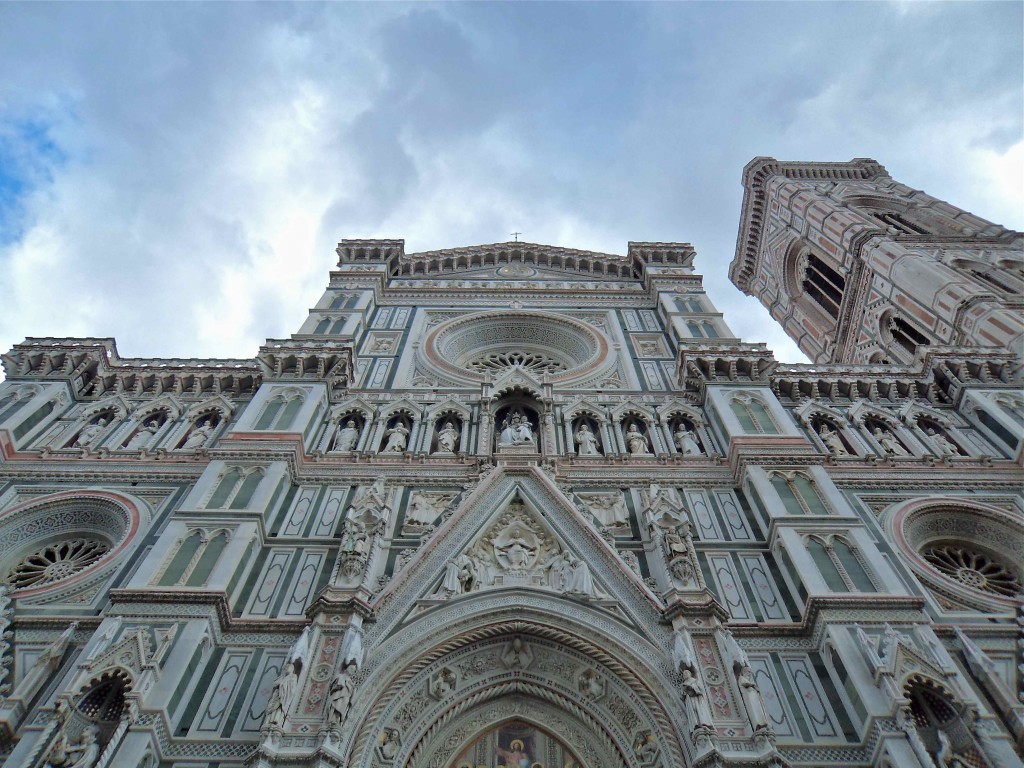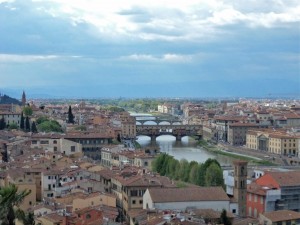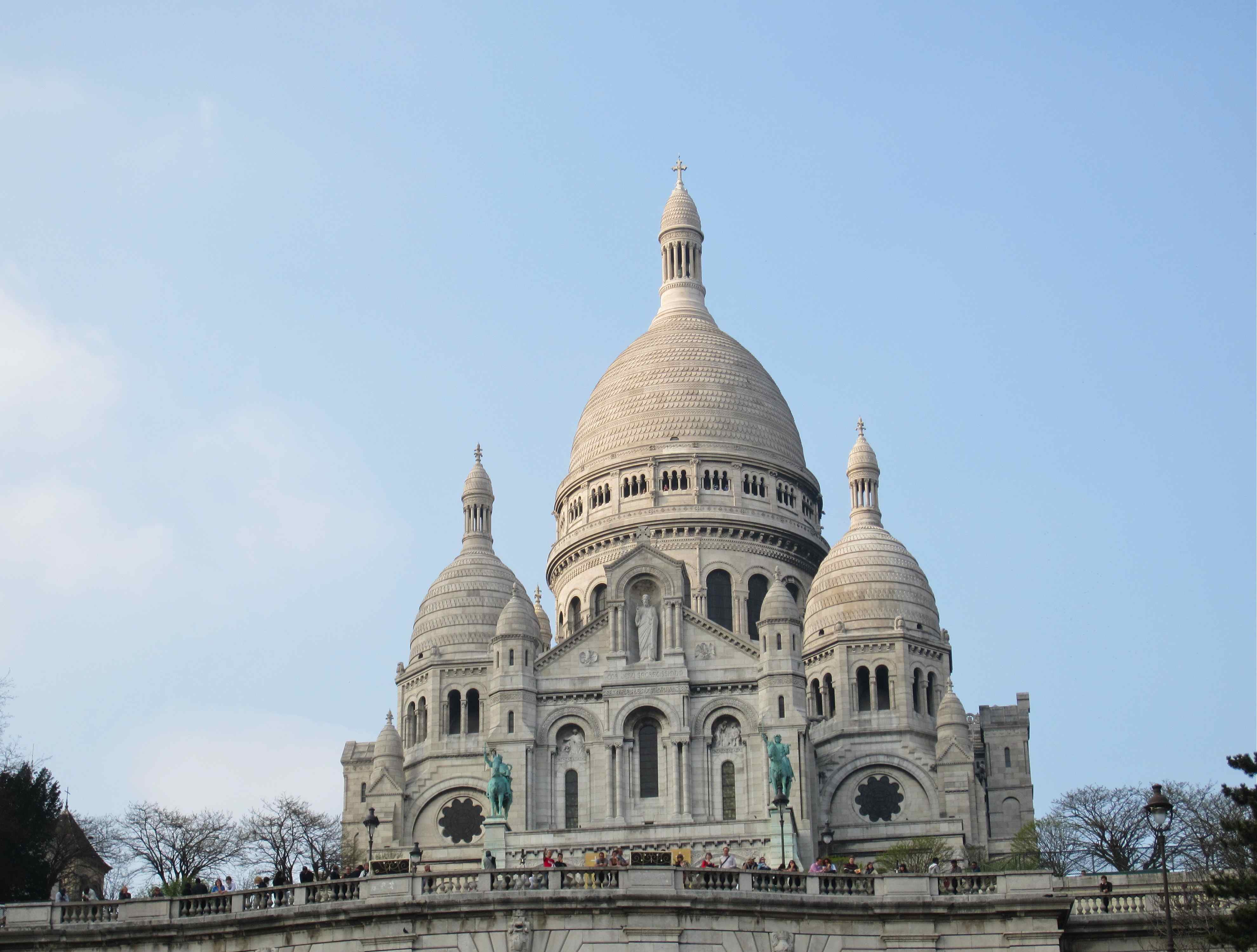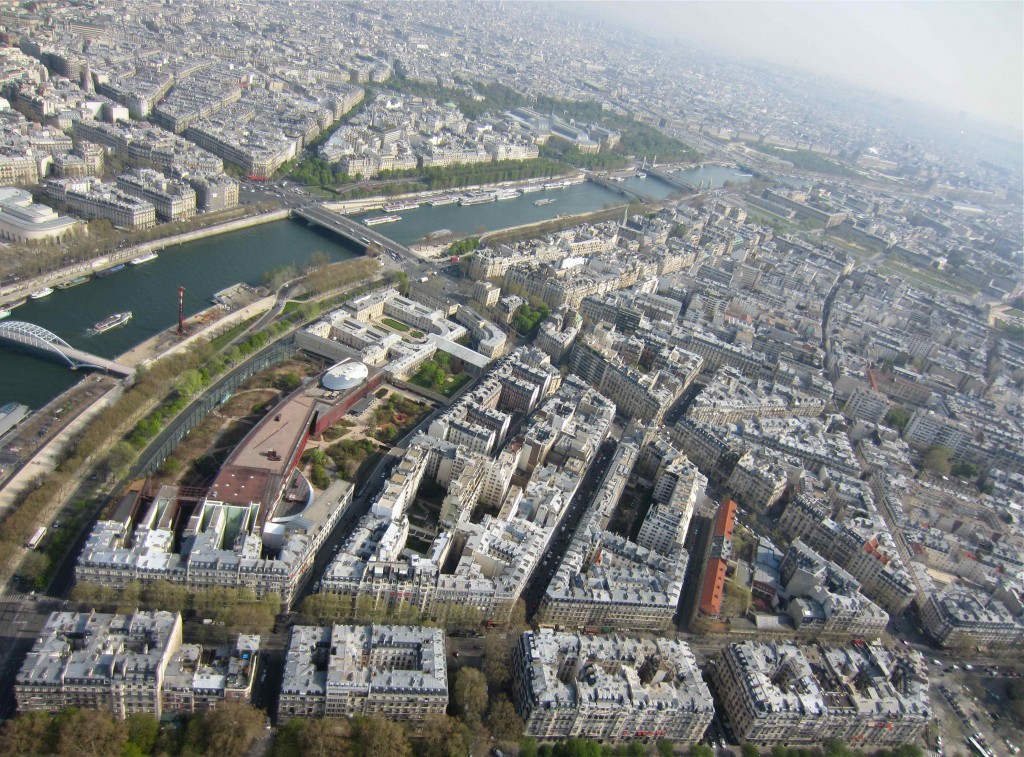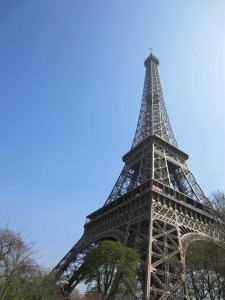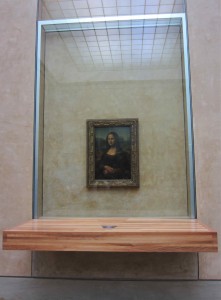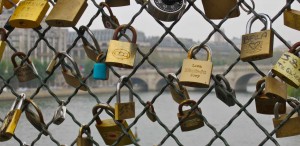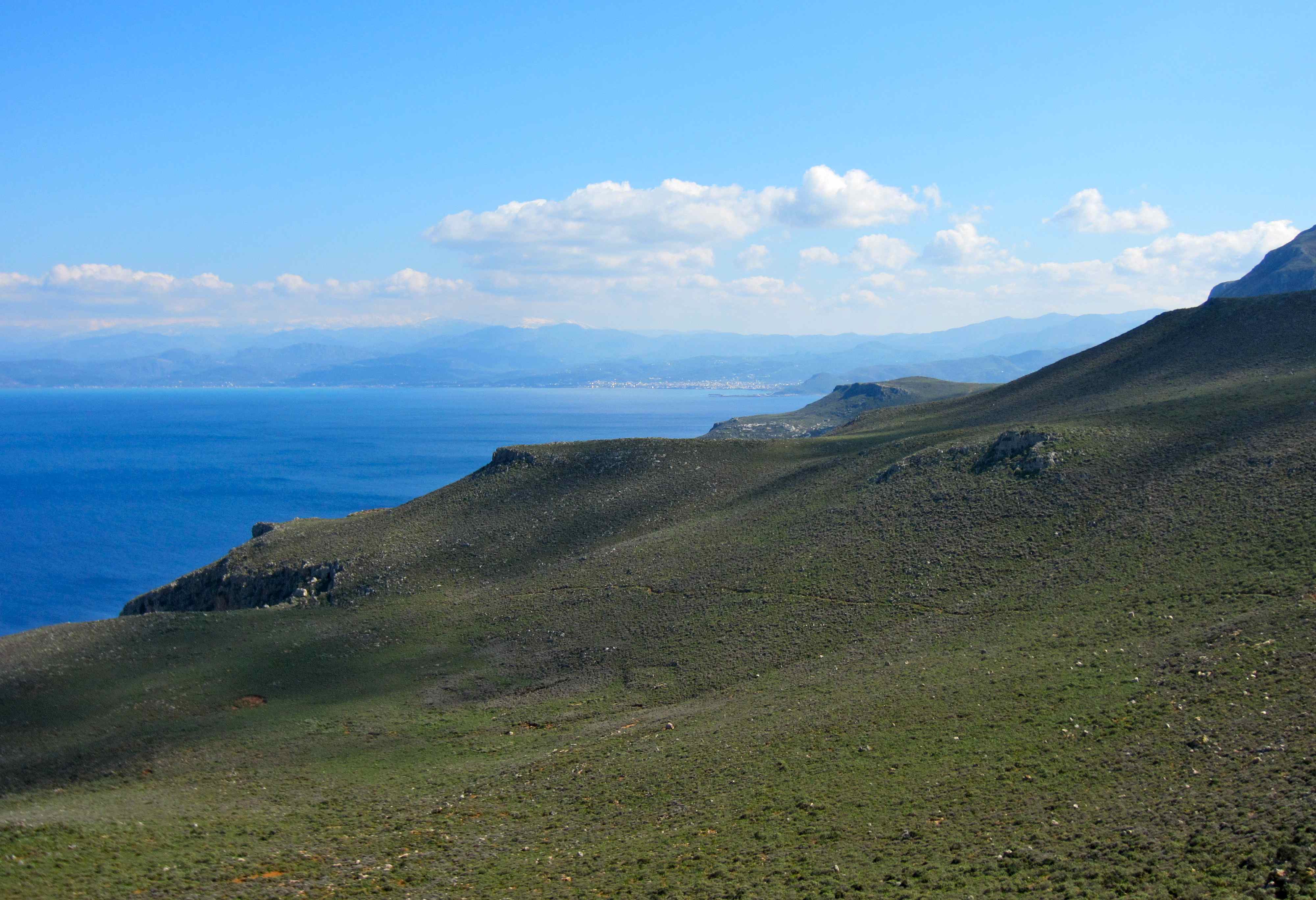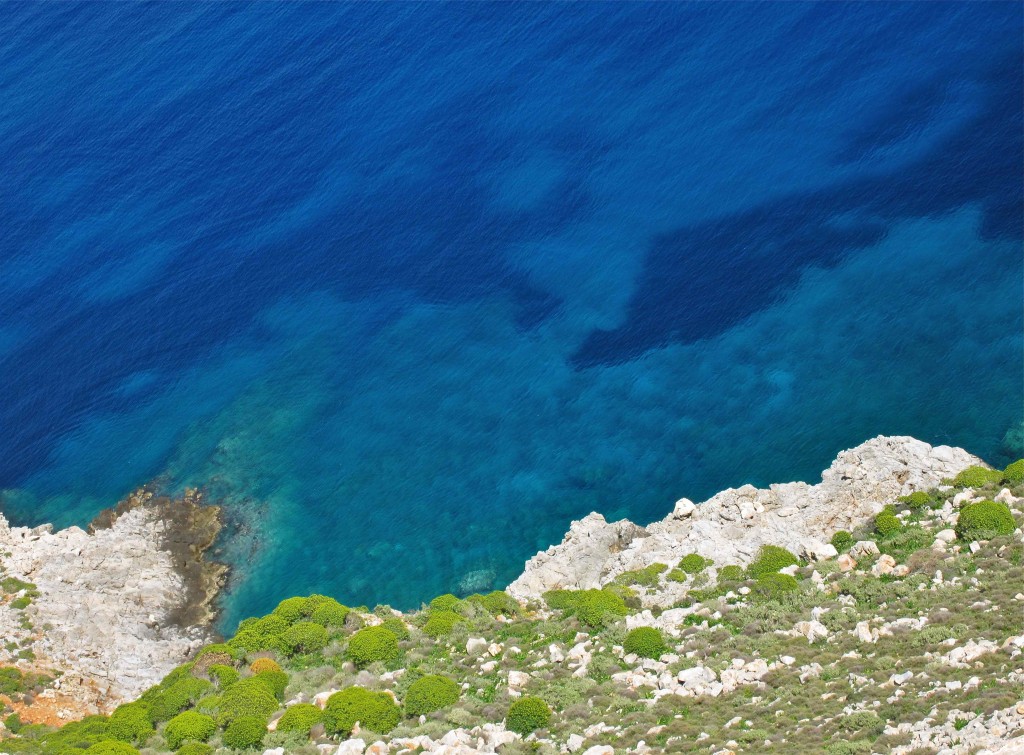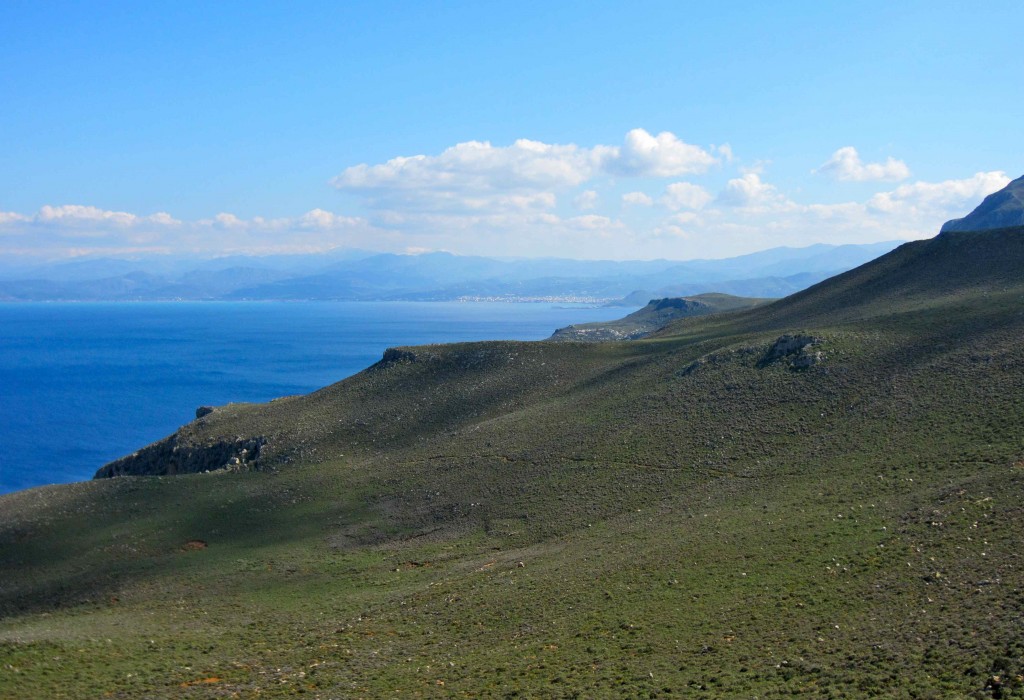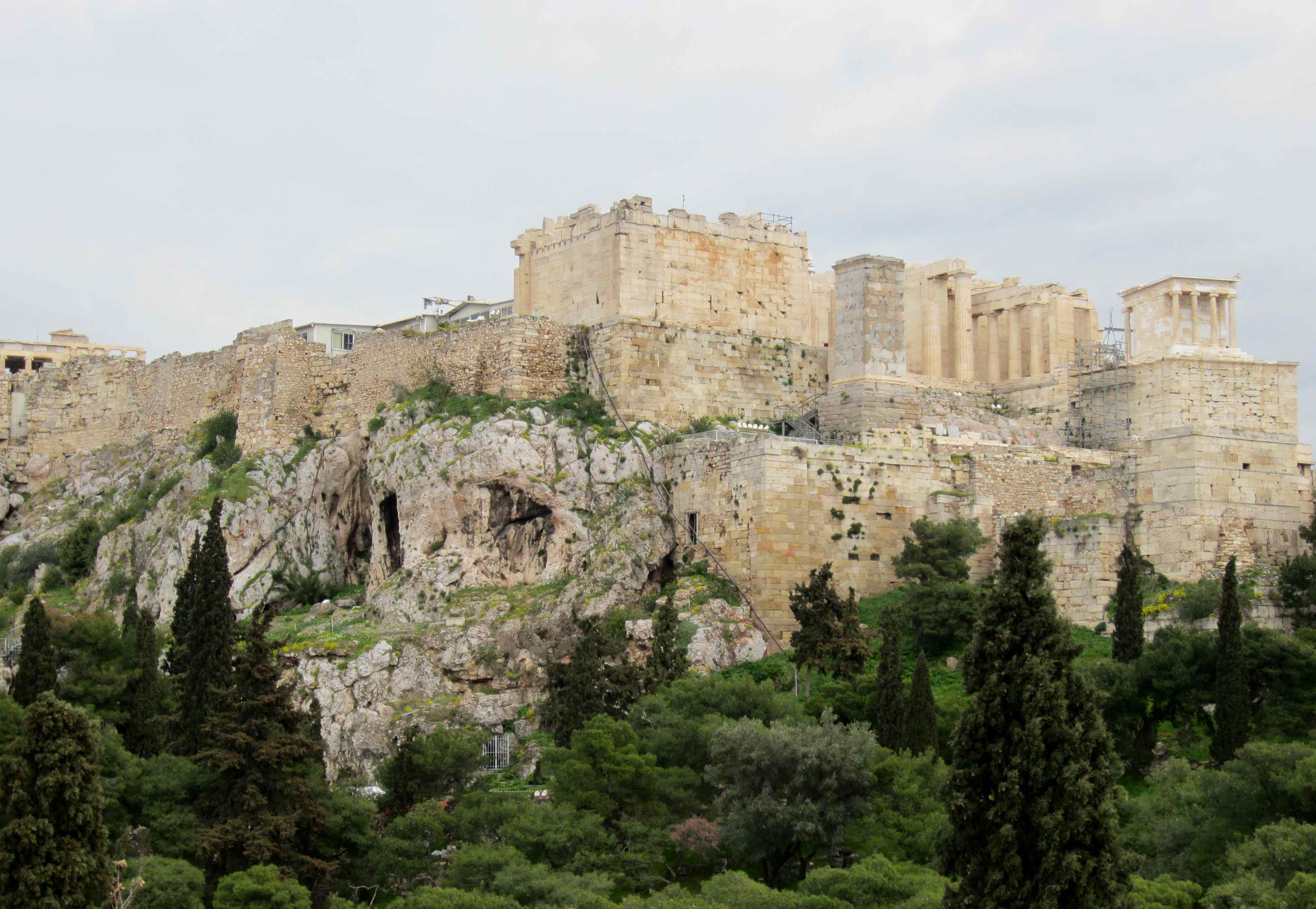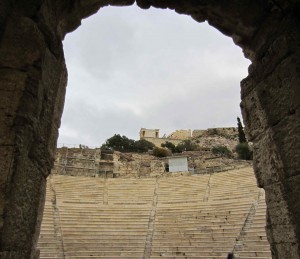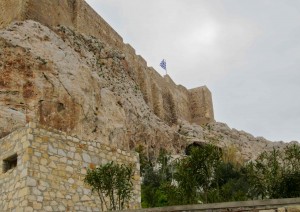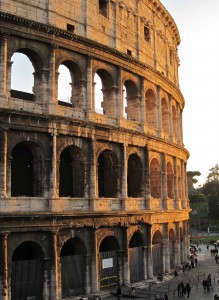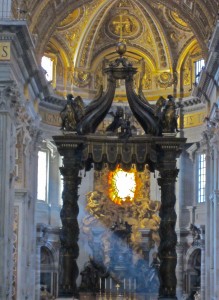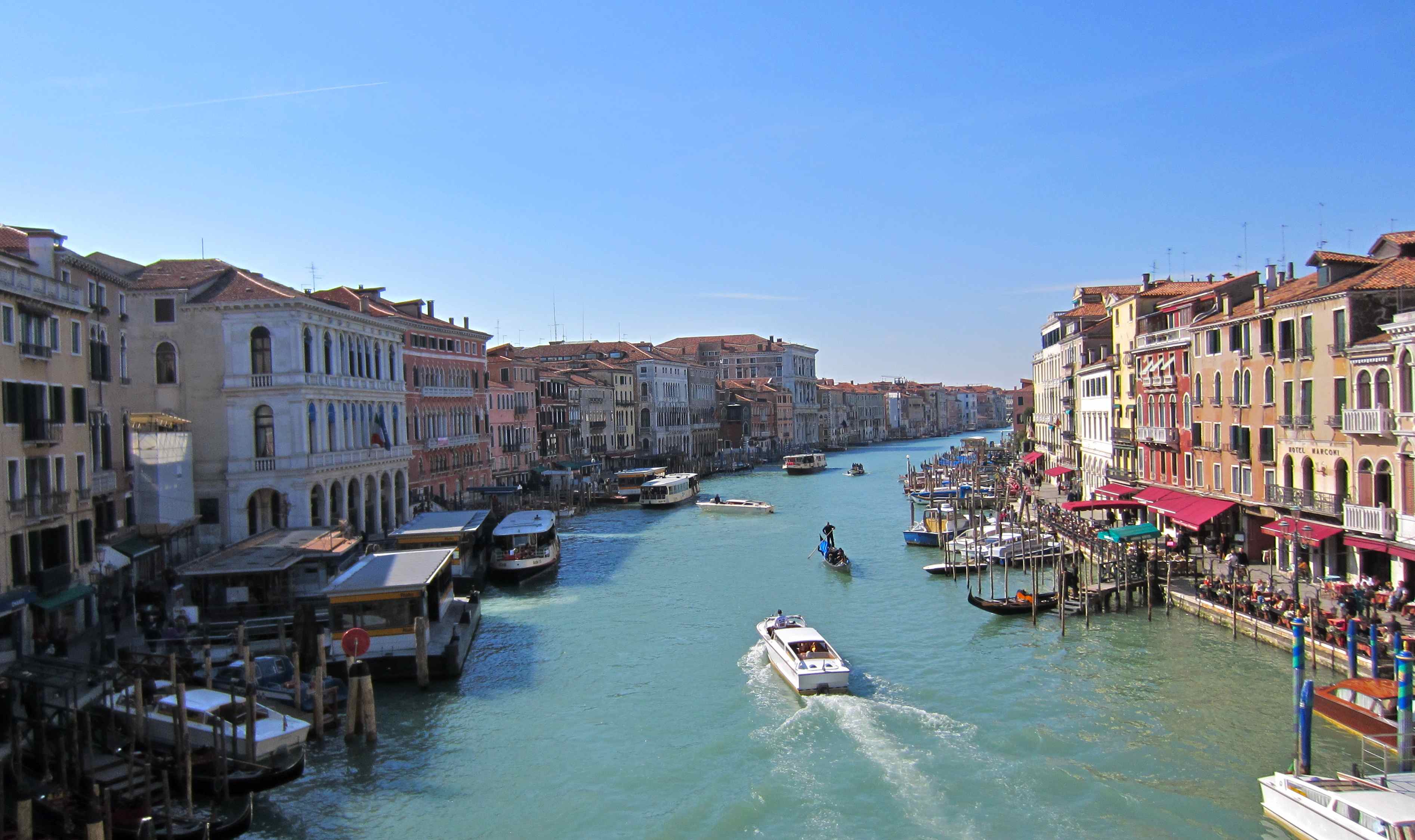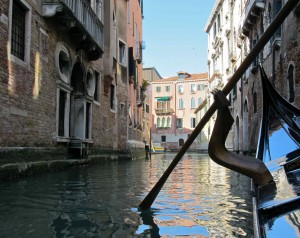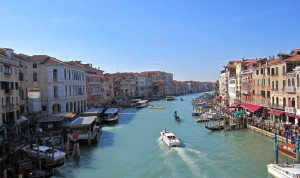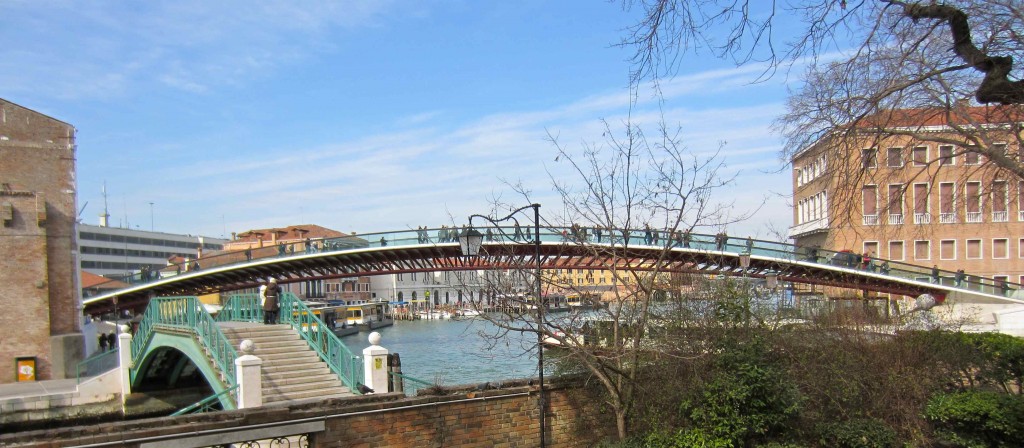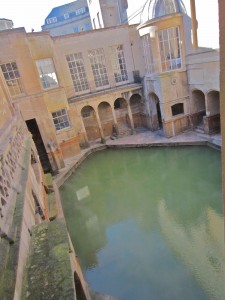Growing up one constantly sees and hears about London, Paris, Italy, and all of the other dream European destinations. But, (at least for me) thinking about my chances to actually go and live at one of these locations for a period of several months always made them seem a million miles away. Thankfully, I’ve had the surreal experience of not only visiting many of these locations, but also of living in Cambridge, England for the past semester. Over the course of my previous blogs I’ve written a lot about what I’ve seen and done, but little about the actual experience.
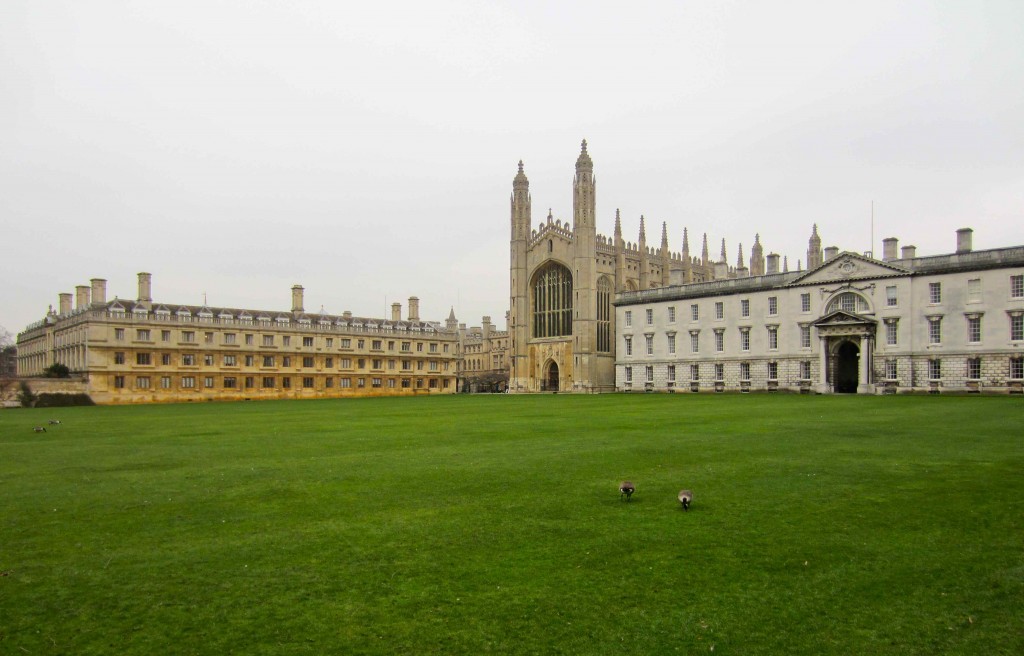
I've decided to adorn this blog with a few eclectic personal favorite photographs. This is an iconic Cambridge photo taken from the back of Kings College.
From the beginning the feeling has been an odd one. The entire semester has felt like one incredibly long vacation. After flying over in early January, it was as if Christmas Break forgot to end and continued for several months. Then, by the time the Christmas Break feeling had gone we were packing for Spring Break. Before we’d barely finished unpacking from Spring Break it was the eve of Easter Break. And from the last Thursday of Easter Break it would only be four short weeks before we would be boarding a plane destined for the US. If fact, it would be fair to say it “hit me” that I was going home in less than a month before I fully realized that I had even arrived in Europe.
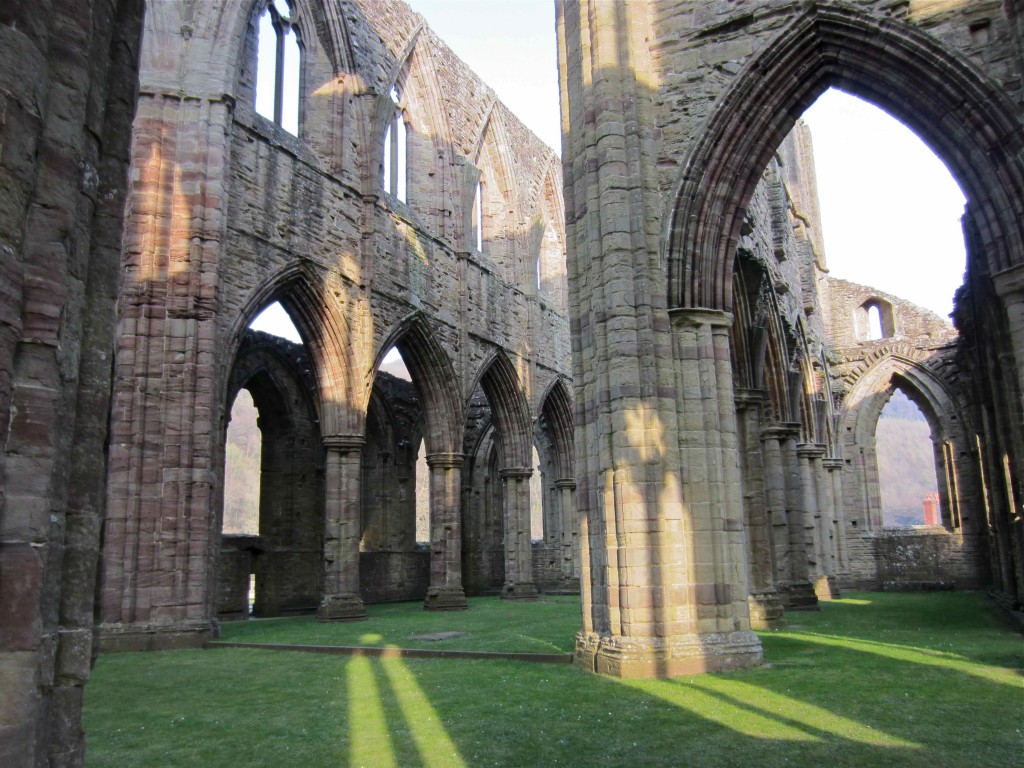
I took this photo at one of my favorite locations in Britain: Tintern Abbey. This majority of this abbey, destroyed by Henry VIII, still stands today.
Although I describe the semester as a “vacation,” perhaps this isn’t the best term. The word makes me think of time spent without a place to call home. However, only weeks into the semester Cambridge felt very much like home – the familiar (and, in a pleasant way, somewhat boring) pathway from the railway station to the Student Centre was a welcoming sight following a weekend of travel.
Instead of “vacation” maybe a better word is “break.” The semester provided the opportunity to get away from normal difficulties and in stepping back view them from a rather detached perspective. In fact, you might even say living in Cambridge was almost like living a separate life. The very ritualized schedules of college were replaced by an expectation to have a good time and allow yourself to learn through the adventures your curiosity brought you to. In England some problems seemed much further away (you don’t have to stay in shape for sports), while others felt far more pressing (like the difficulties of signing leases and registering for classes from overseas). Yet “break” really isn’t the right word either. The courseload was relatively light compared to my previous semesters. Yet, after factoring in 2-3 credits worth of time planning upcoming trips and another 2-3 for experiencing the city of Cambridge itself the total amount of hours required to take full advantage of my time overseas came up to about 20 credits’ worth. Not what I’d describe as a light semester.

During my travels around Europe my favorite city was Paris. This photo is of one of the lock bridges, Pont de l'Archevêché.
Another fitting word might be “change.” As opposed to the monotonously ritualized pattern of usual schoolwork, learning through experience and immersion into another culture was a refreshingly different challenge. The entire nature of the task changes. Can I navigate public transportation to get where I need to go? Can I plan this trip successfully? Is it even possible for me to communicate with others, or do they speak as little English as I do of their language? Other challenges are less precise. Learning how members of a different society think (especially in regards to Americans) and how they interact is a type of education with absolutely no equivalent in the States. Even more than this our challenge was to not only learn this information, but to know it well enough to (on occasion) integrate into this culture and hopefully view the rest of the world from within it.
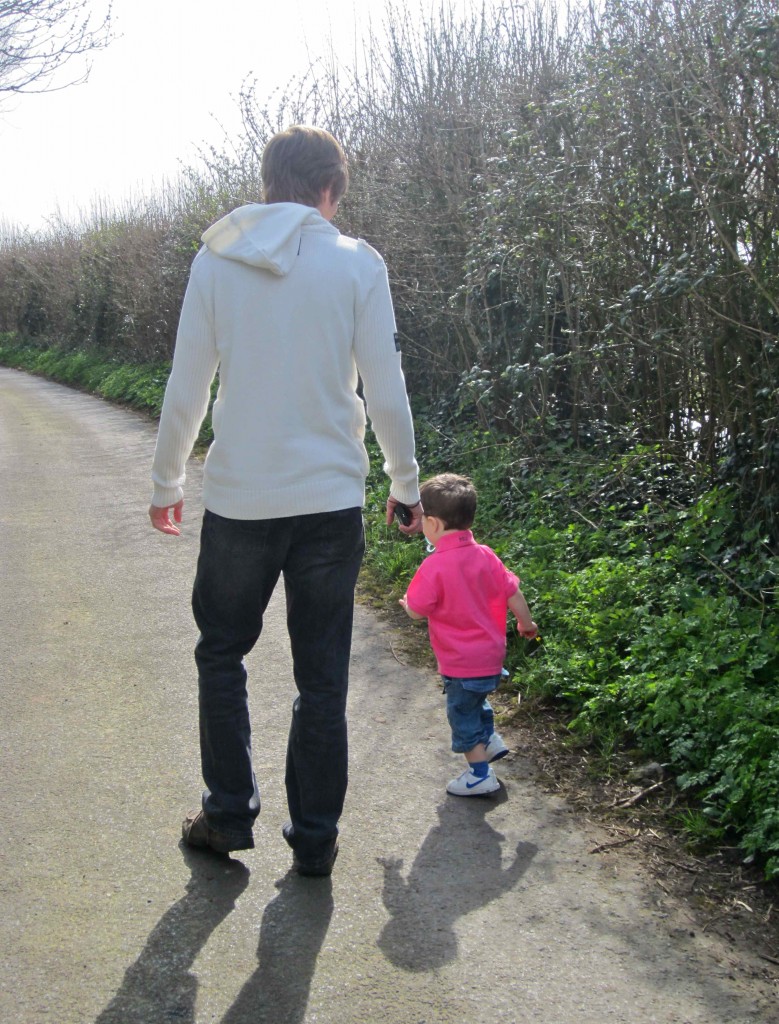
One of the highlights of the semester was visiting relatives that live in Wales. This is my nephew and I walking along the road by my aunt and uncle's house.
Although I’ve been to some of the most amazing places in the entire world, I think some of the smallest and most “normal” things have actually been some of the highlights of the semester. For example, I absolutely loved cooking not only for myself, but also for other members of my dinner group. I loved watching the rain fall as I sat in the 3rd floor window holding a guitar and a glass of wine. Using the “break” aspect of the semester as a chance to take a pause from life and simply think and reflect was fantastic. Also, as you may have noticed, I have often used plural pronouns in describing the semester. Rather than attributing this to my careless writing I think this is evidence that the 17 of us from Valpo could not have gotten luckier in our selection of housemates to share the semester with.
And now, as I’m packing to return to America, this is also the end of my blog. I hope you’ve enjoyed following me as I’ve experienced living in Cambridge, England and traveled around Europe. If you’ve missed any of my trips or want to know what else happened in Cambridge please feel free to check out my past blogs or my roommate’s blogs. Also, don’t forget to take a look at the pictures I’ve posted from the semester. Goodbye, and thank you for reading!
Cheers!
